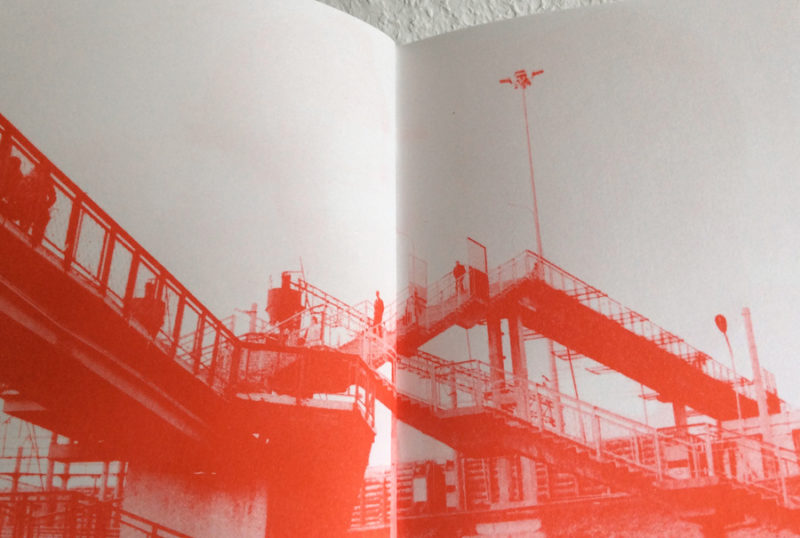14 Sep 2016
Interview
Limonchik, the gold zine and 10.000 km through Russia
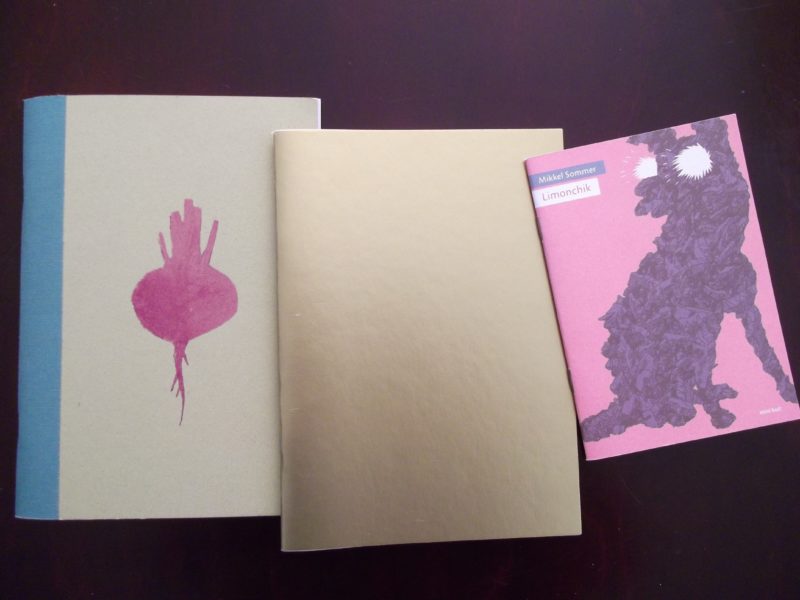
I met MikkelSommer at the Helsinki Comics Festival 2016, where he presented his most recent books:Limonchik, a gold zine and 10.000 km through Russia. I, being a sucker for comic books and a fan of Mikkel’s work, bought them all, and arranged to meet him a few days later at his studio to discuss them individually.
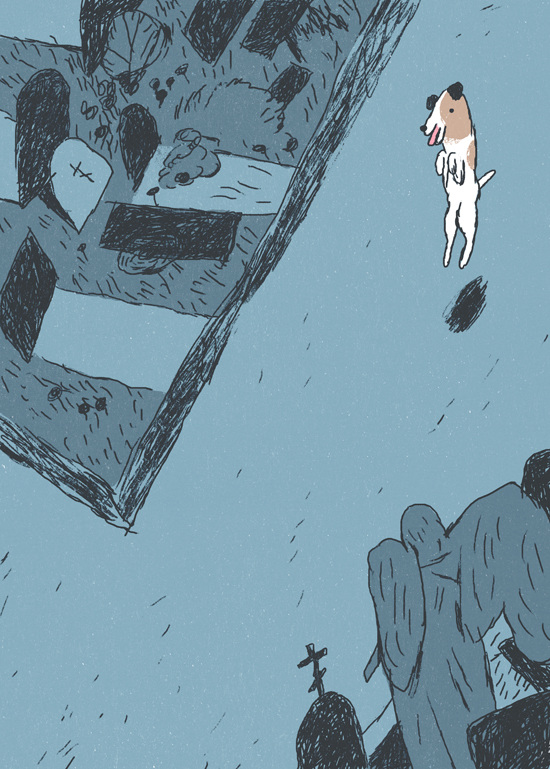
Limonchik, meaning sweet little lemon in Russian, is what Russian scientists nicknamed Laika the stray dog, when they first decided to take her in. This little comic book, released by kuš! in 2015, has a caption on the back, that reads:
On November 3, 1957, the Soviets launched Sputnik 2 into space. Inside the spacecraft was a dog. Now, after more than half a century, Limonchik returns to the Earth. But to what end?
The little comic comes from Mikkel’s sensitivity towards the treatment of animals. OlekGazenko was the scientist that trained Limonchik, and he knew that when they sent the dog to space, they would never get her back. Gazenko, unlike the other scientists, felt really bad about the way they treated Limonchik. While the comic may come across as somewhat anti-Russian, it is of course not meant to be; if anything, it is anti-human. In this imaginary sequel to the true story of Limonchik or Laika the dog, the little mistreated dog comes back, forgives Gazenko and destroys everyone else.
The Limonchik comic was fully created digitally and it shows Mikkel’s interest in animation. Mikkel created this comic using digital little brushes and it has no panels. The small size of the mini kuš! comics allowed Mikkel to draw the story in full pages.
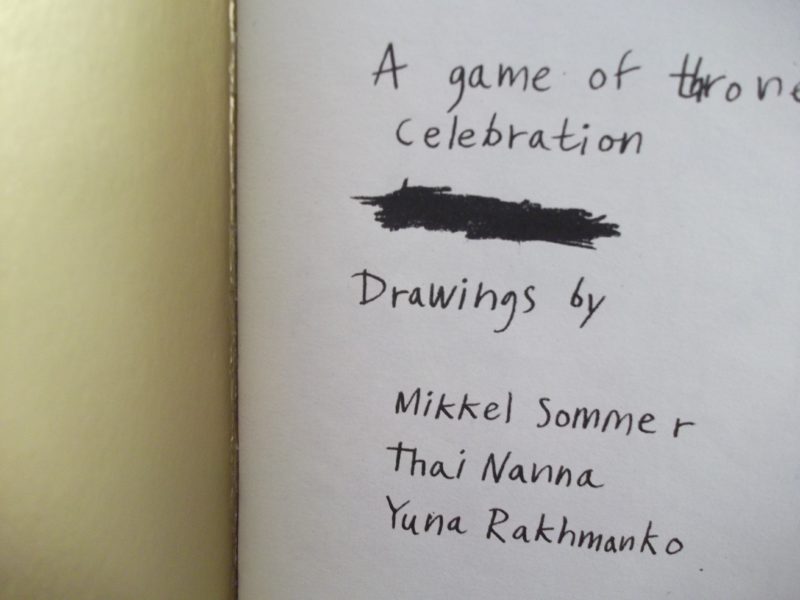
The second book of Mikkel’s that I bought, the gold zine, is a collaboration between Mikkel and his daughter, Yuna. On a first glance, the book appears to be a collection of Game of Thrones fan art. On closer inspection, it becomes obvious that Mikkel has tried to create bad fan art, as if created by a teenager. Mikkel describes the book as “slightly kitsch and very ironic.” It is badly drawn, badly scanned, over the top and very enjoyable. It is spectacular how well Mikkel’s almost too realistic and not very relaxed drawings fit in perfectly with his then 2-year-old daughter’s line drawings.
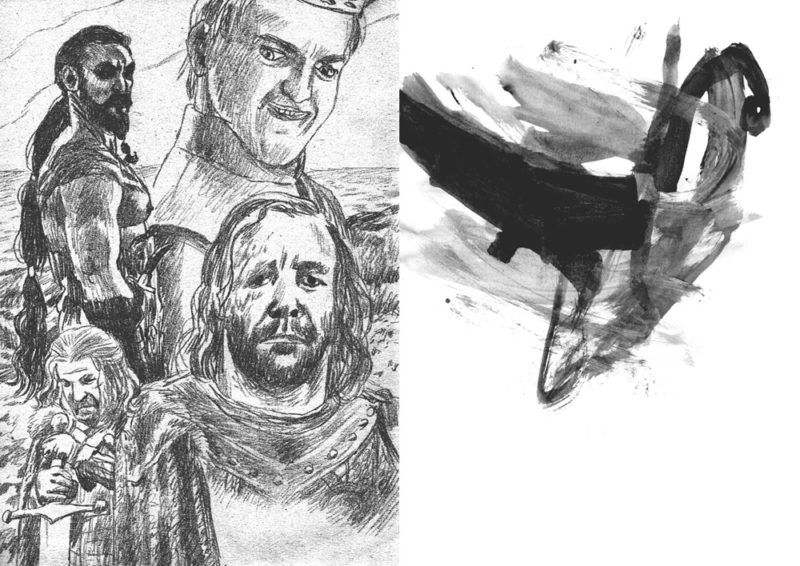
The third book, 10.000 km through Russia, has a hand-stencilled beetroot on its cover, and inside one can find drawings and photographs all printed in a vivid shade of red. It is again a collaboration, this time with Mikkel’s wife, Anna Rakhmanko. The entire book was created during one trip through Russia, in May 2016. Mikkel did the drawings and his wife Anna participated by photographing as they went along, mostly sleeping in trains and traveling in and out of cities.
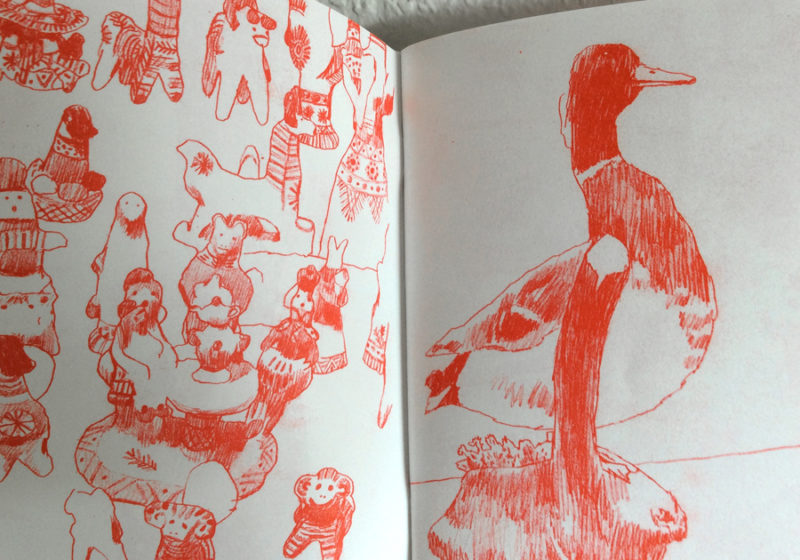
Mikkel says he is not really used to keeping a sketchbook, so he found the process challenging at first. He felt too tense from the obligation to draw, and he kept trying to plan too much and feeling overwhelmed by the experience, and stressed about all the things that he could not plan. However, slowly he started to relax and trust his natural way of drawing, and began to enjoy the process much more.
While at HIAP, Mikkel is planning to work on several separate projects. One is a documentary comic, again a collaboration with his wife. Anna interviewed a homeless fighter in Russia, and Mikkel is now drawing his story. Mikkel is also planning on working on some children’s books, which he has already drawn many of in the past. He wants to finish the scripts for a long graphic novel, research Finland and Finnish folklore, and experiment with style and line.
Just as I was leaving, I asked Mikkel to name his favourite comic artist. He named two: Gipi, whose work is honest and simple, and his stories are not unlike short films in their beauty, and Olivier Schrauwen, whose work Mikkel described as innovative and funny.
Read more: http://mikkelsommer.com
Images courtesy of the artist except images 1 and 3 by Tessa Aarniosuo
